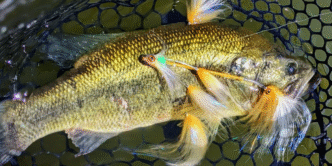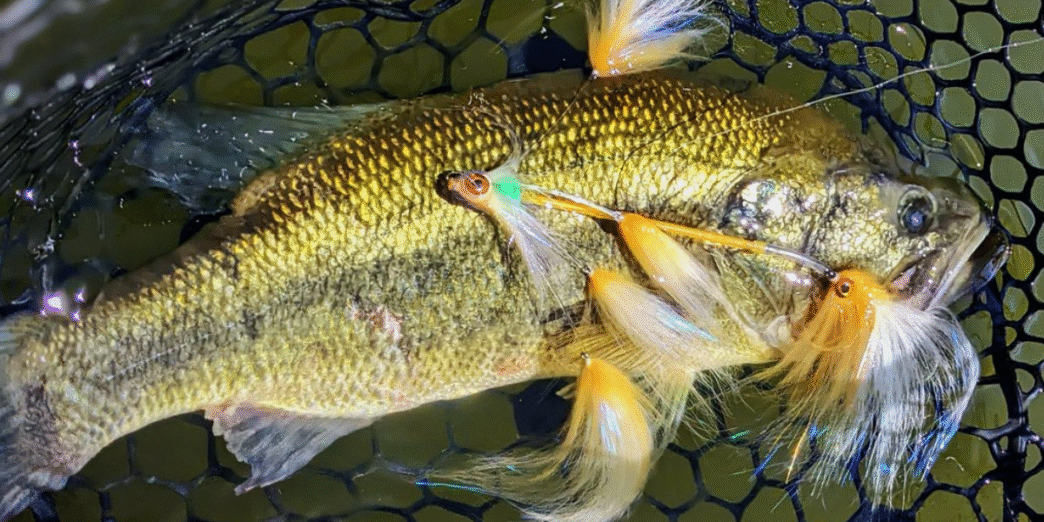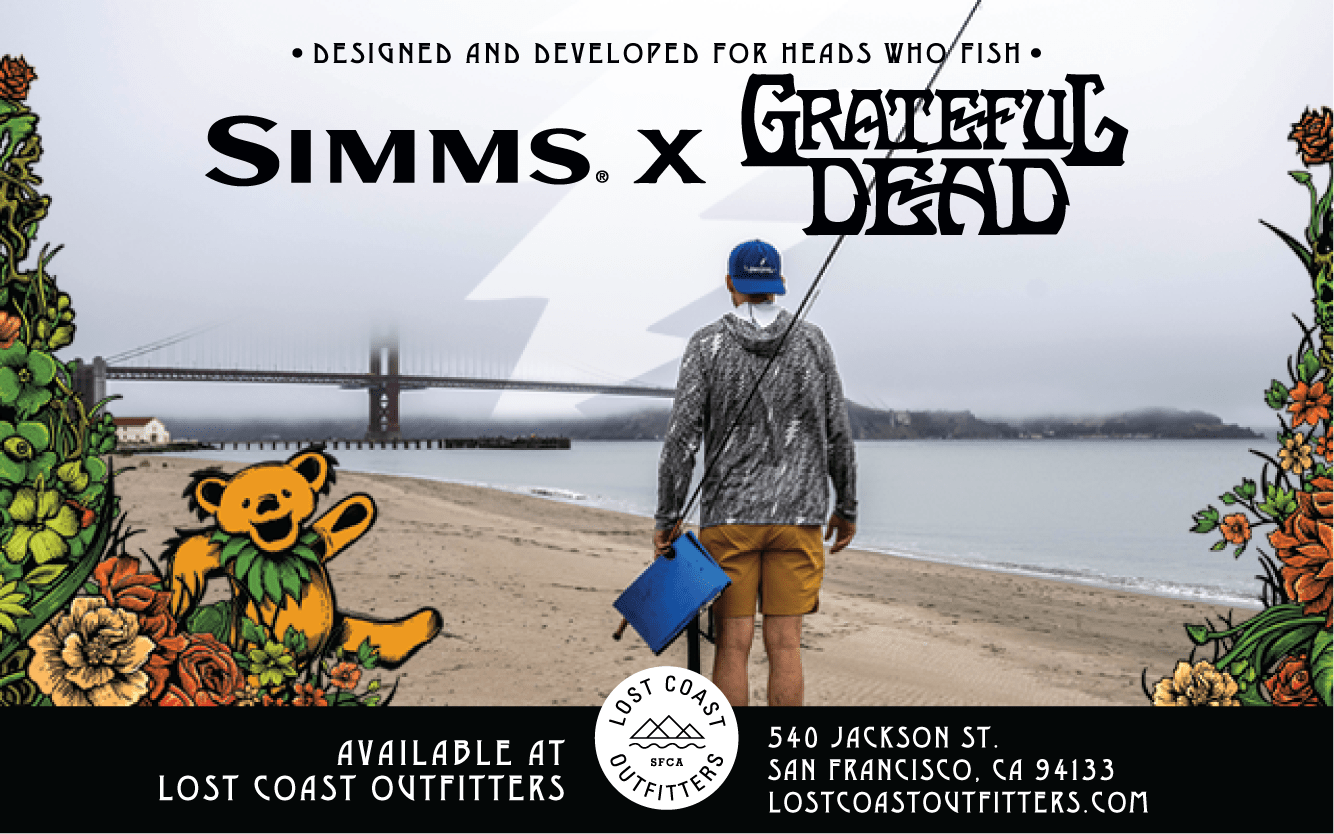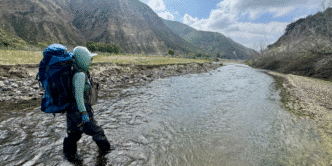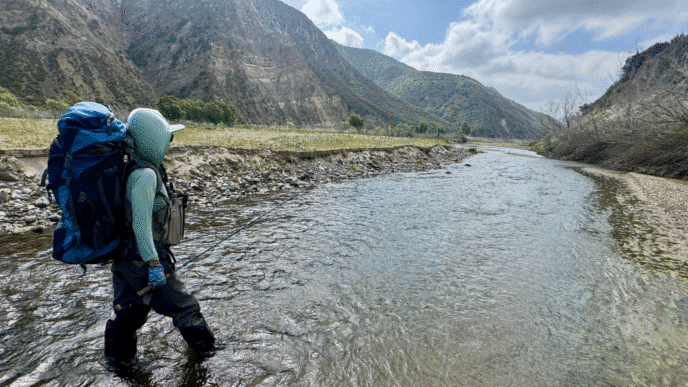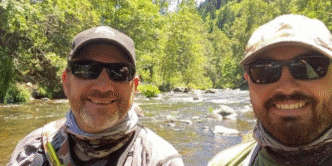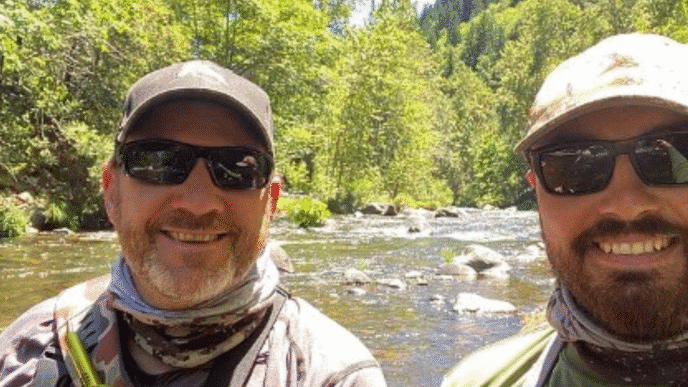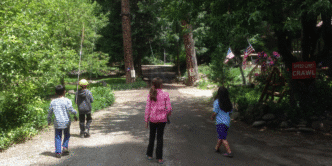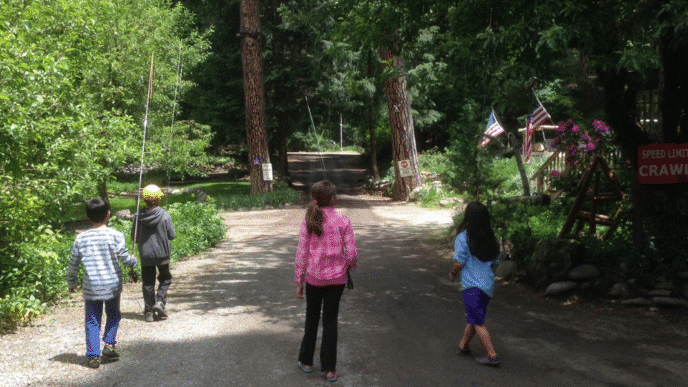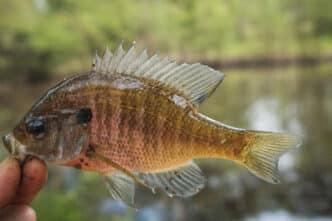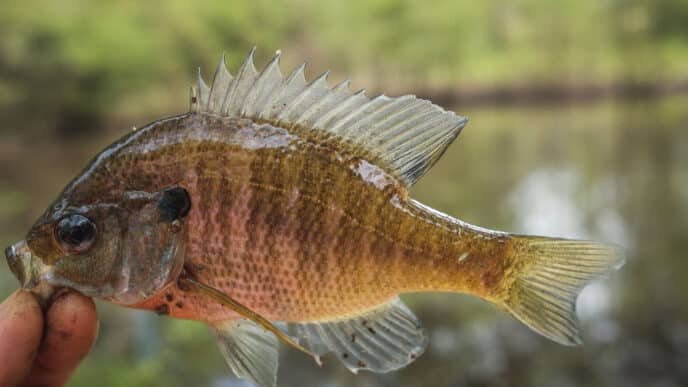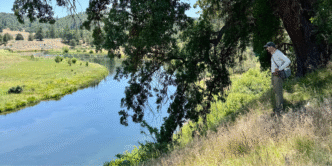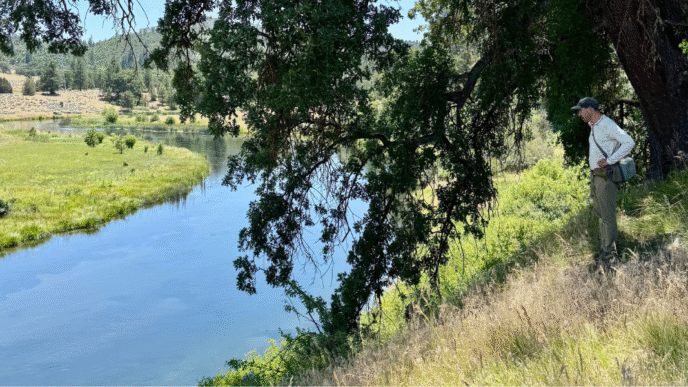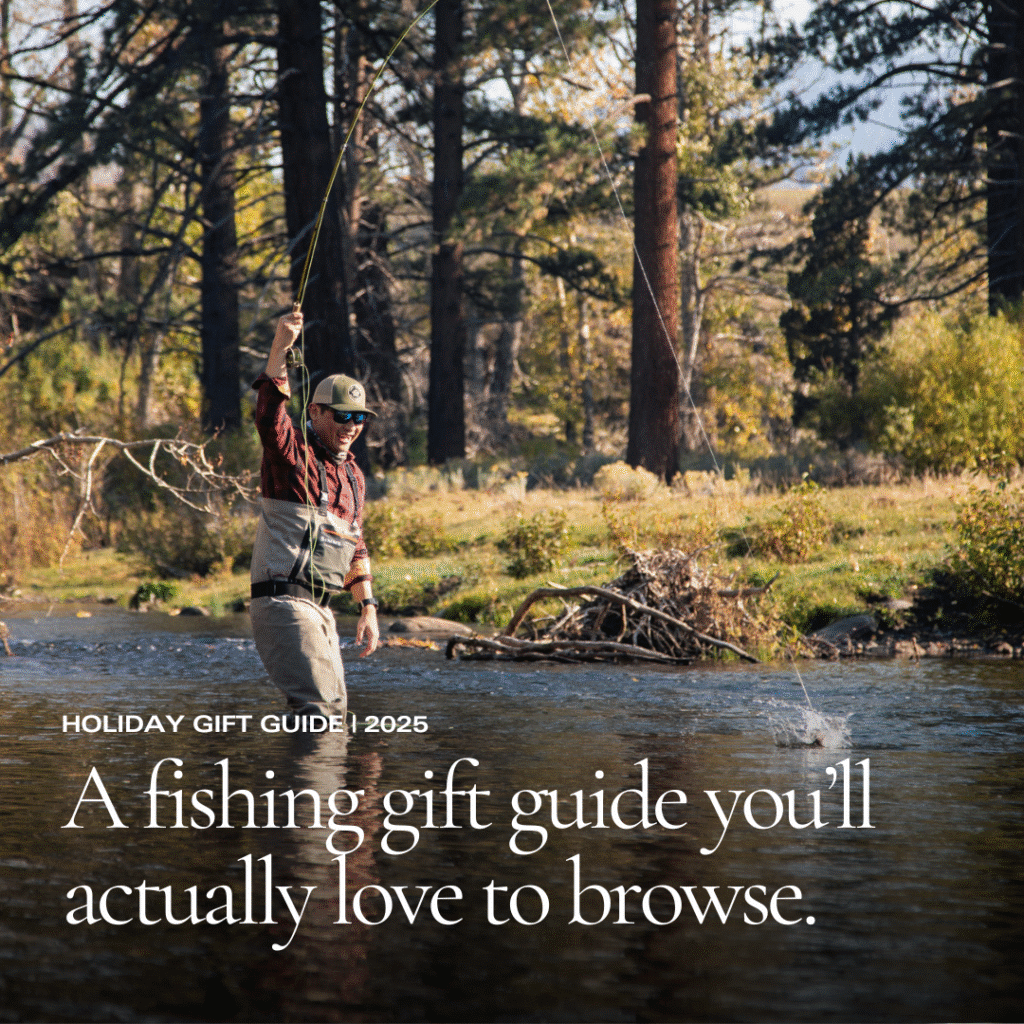Dagur Gu∂mundsson, Mr. Carp
Based in San Luis Obispo, Dagur Arni Gu∂mundsson guides professionally in California and Iceland, is an innovative fly tyer, and consistently produces a steady flow of articles and social media content (he serves on the editorial committee of California Fly Fisher). Still just in his late twenties, he may be the only guide in the world who splits their practice between carp and Atlantic salmon / brown trout. Oh, and he’s a mean cook and loves nothing more than a good meal before, during, or after a day on the water. Writer Craig Buddo caught up with him to get the full story.
When Dagur Gudmundsson was 10 and he and his mom moved to the Monterey area from Iceland, she probably realized he’d feel his way into his new country at the end of a fly rod.
She’d already witnessed his transformation from regular child to two-year-old fishing nut after his father took him to a local pier on a whim. It wasn’t many years before he was haunting the docks scrounging shrimp from local restaurants to tempt cod and pollack, or pulling apart shoelaces and scavenged feathers to make rudimentary flies.
In California, and already so badly afflicted he’d smuggle his fly tackle into school so he could explore neighborhood ponds and streams on the way home, his mother would drop him off at area reservoirs on the weekends.
There he started to notice these impressive, vaguely golden fish drifting around the shallows, behaving and feeding in a way he’d never seen before—carp. They don’t exist in Iceland, so he came to them with a tabula rasa, without prejudice or politics, and he was immediately beguiled.
“I didn’t even know what they were at first, just cool, huge fish. Who doesn’t like that? But from the first time I saw them, I knew they were something I’d obsess over. And the more I failed to catch one, the more I obsessed.”
A fly-fishing apprenticeship devoted to solving the many maddening challenges posed by carp, while slowly becoming aware of the low opinion many regard them with, probably cemented an iconoclastic streak that still shapes his fishing. He ranks carp as at least as worthy an opponent as Atlantic salmon, which he guides for each summer on the West Ranga for Iceland Outfitters.
You can see it too in his fly tying, with his basically outrageous interpretation of the bass angler’s umbrella rig. Ernest Schwiebert would probably swallow his pipe, but its tentacled arms, each ending in a separate baitfish pattern, can ring the bell for aggressive spotted and largemouth bass in clear water. Asked about fly fishing influences, he references John Gierach and streamer expert Kelly Galloup, non-consensus, independent-minded anglers, and human beings.
“My favorite fly-fishing book is John’s Sex, Death, and Leaky Waders because the stories make you feel like you’re there, and the fun tone of the writing, which is a must in fly fishing—IT SHOULD BE FUN! Fly fishing can be a big circle jerk of people regurgitating the same ideas back and forth in their own echo chambers, so I’ve always enjoyed Kelly’s approach of trying out new things, even when everyone might think you’re crazy for doing it that way.”
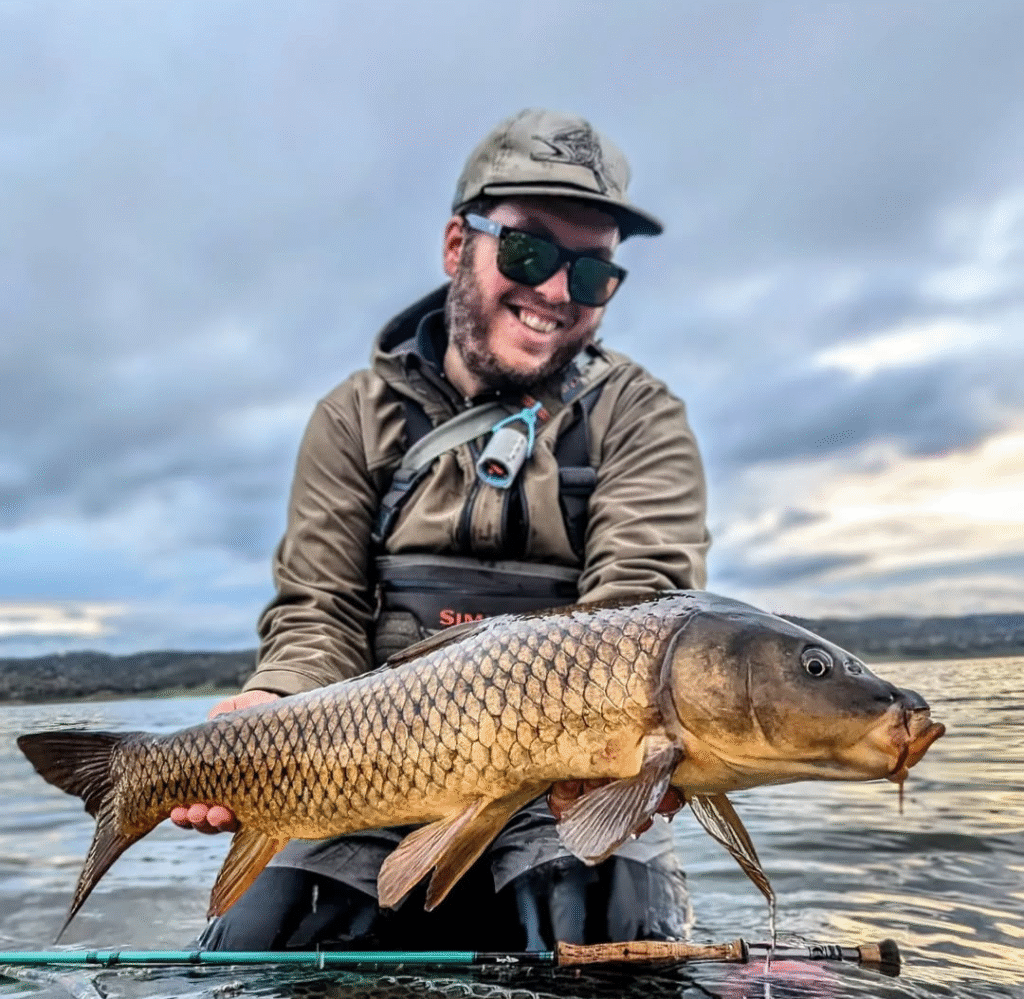
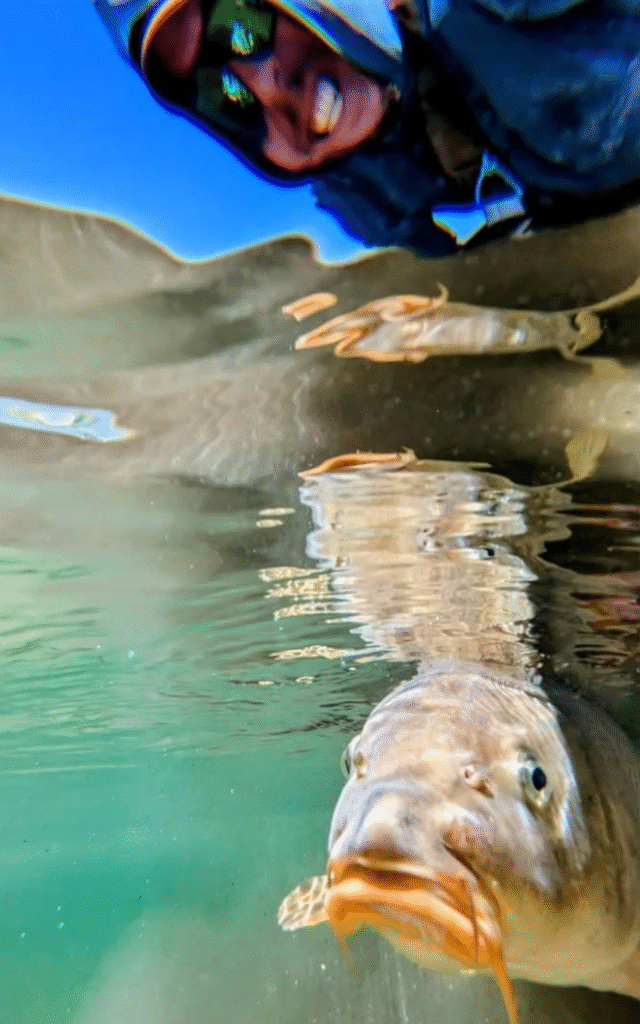
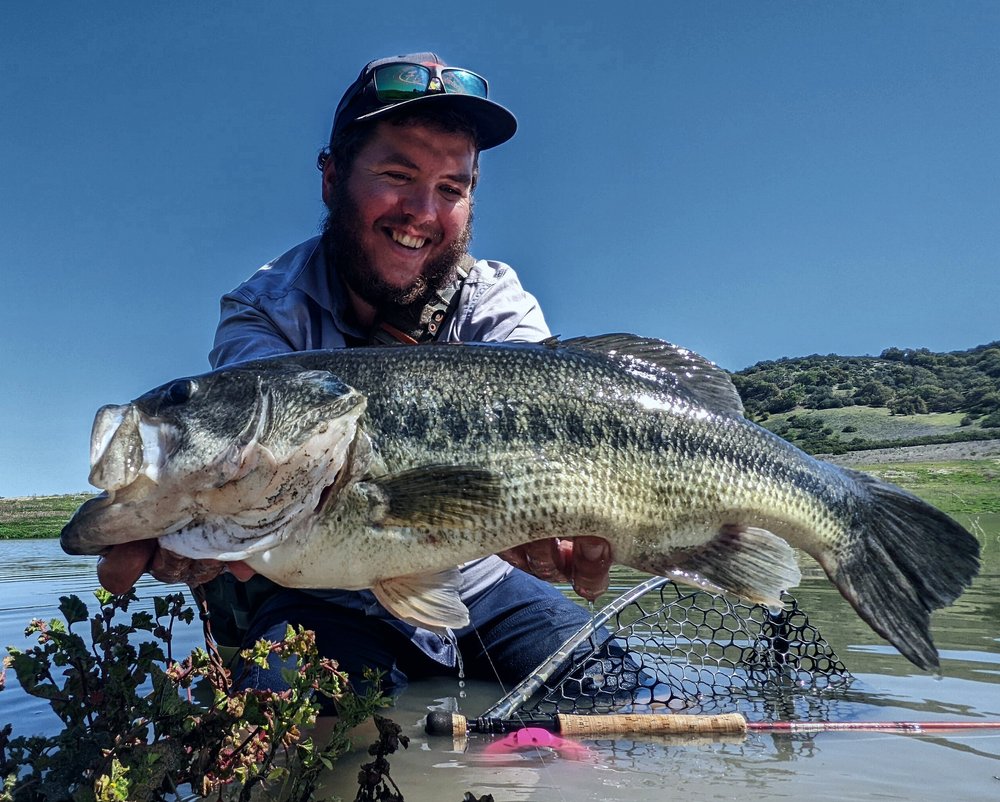
He cites a carpy anecdote to emphasize the point.
“Carp are smart fish, the biggest brains in freshwater, and they generally eat using all their senses, including things like smell and taste, which is obviously hard to mimic with a fly. They’re way more sensitive to sounds, vibrations, and smells than trout, for example. Your presentation is going to get rejected. A lot. I fish and guide about 300 to 320 days a year, enough to have gills growing out of my ankles and golden scales appearing on my knees, and it happens to me all the time.”
He shares this novel approach: “One of my good fishing buddies has always had a hard time with rejection, and would get increasingly frustrated, starting a kind of torture cycle as his casting and presentation got worse and worse, leading to more and more rejections. Eventually, he spiraled so much that he had to radically rethink. His answer: deliberately spook a large group of fish if he came across one, knowing that the ones who stuck around would be almost guaranteed not to be smart enough to reject him. Voila! He started picking off a few fish here and there.”
After gradually working his way up from dishwasher to rookie to senior guide for Iceland Outfitters, Dagur now pretty evenly divides his year between summer fishing for Atlantic salmon and brown trout in his home country and in the winter, teaching the finer points of sneaking up on Central Coast carp. It’s a fascinating contrast in species and expectations.
“In Iceland, the fishery is a full-on business with established rivers and famous salmon runs. Most of my clients have either heard stories about the fantastic fishing in Iceland or are returning year after year, hoping for a repeat of past glories. If you don’t approach it correctly, that can sometimes drag the joy out of a trip. Guiding for carp in California feels more like I’m showing people my baby. A lot of people book me here as more of a teaching guide, where we work on certain techniques or how to target carp in different situations.”
During the summer, if Atlantic salmon aren’t playing ball, Dagur eagerly switches to gigantic brown trout, which he usually chases with equally huge 10- to 12-inch streamers.
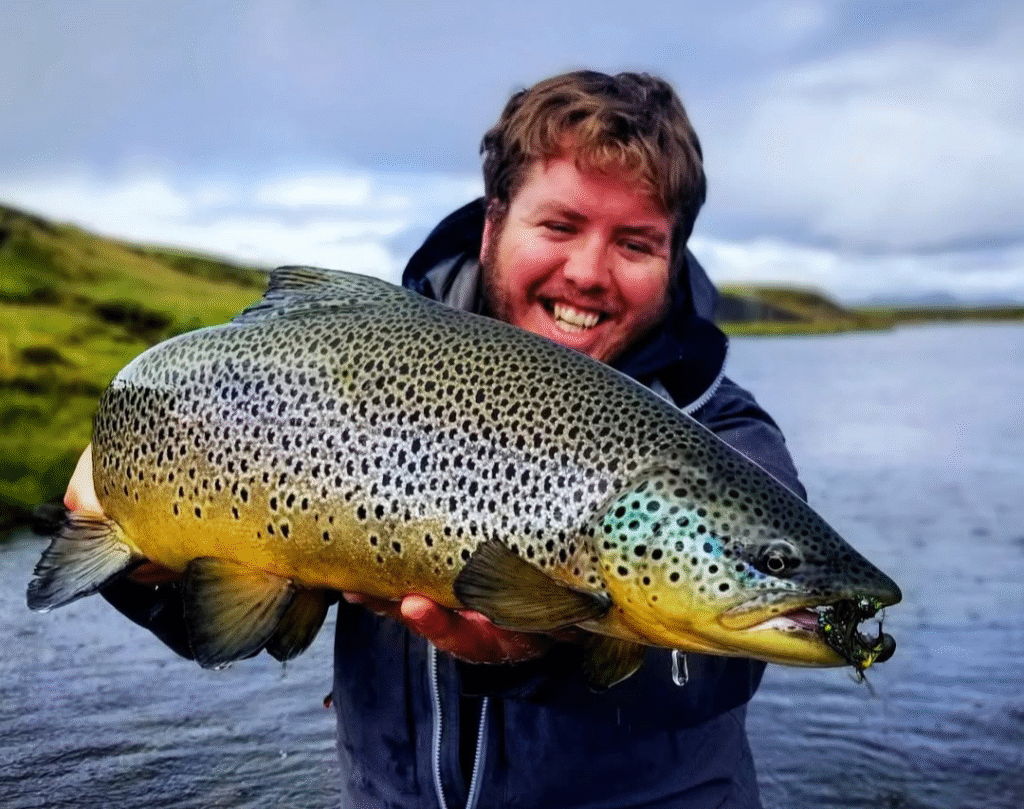
“These fish are mostly cannibals,” he says. “There’s not a lot of food in the river to sustain them once they get over 20 inches. Compared with brown trout in the Western U.S., they might as well be a different species, as they’re genetically unique to these rivers and lakes in Iceland. U.S. rivers are way more productive both in numbers of fish and insect life, but I’ve gotten some big brown trout in California, and they don’t compare to these Icelandic browns that have lived in this environment since the Ice Age.”
Don’t take that to mean, though, that he’s one of those transplants who’s always hankering for the old country. He rates California fly-fishing opportunities, skill level, and culture as equal to anywhere in the world.
“In terms of diversity of fishing,” he says, “California might be the greatest place on the planet to live as a fly fisherman. On any given day, I can catch carp, trout, five species of bass, panfish, catfish, sharks, rockfish, surf perch, and more, and in locations that vary from salty surf to flats on lakes to high mountain streams covered in snow, and everything in between. I often wake up in the morning and have decision paralysis on what to fish for.”
A really long season is another California bonus.
“The variety of fishing and the fact that in most of the state you can fish 365 days of the year, creates some of the best and most versatile anglers I’ve come across,” he says. “Add to that a thriving community of younger anglers, and the fly shops that do a lot to encourage them, and I think the future of fly fishing in California is looking great.”
Dagur embraces the ability of social media to catch a moment, show the fun in the sport, and reclaim fly fishing from the rheumy grip of anyone too dour and dogmatic. He says, “I’m very active on social media (almost a requirement in the industry these days), but I basically try and create the kind of content I’d enjoy viewing—some fun fishing pictures, videos with a big dose of humor, stuff where I laugh at myself and don’t take anything too seriously. I like to share, and I think if people use social media to demonstrate cool fly-fishing techniques or just show great moments, as long as fish care is a priority and locations are respected, it all serves to open up the sport. Fly fishing should not be closed off, secretive, or unchanging.”
Connect with Dagur
- dagurflyfishing.com
- IG: @dagur_fishhunter
- Fly shops:
- Central Coast Fly Fishing, Carmel
- Sheeps Head Outfitter, Paso Robles
- Iceland Outfitters
Dagur is a representative for the following brands: ECHO Fly Fishing, Fishpond, Ahrex Hooks, Loon Outdoors, Simms, American Carp Society



